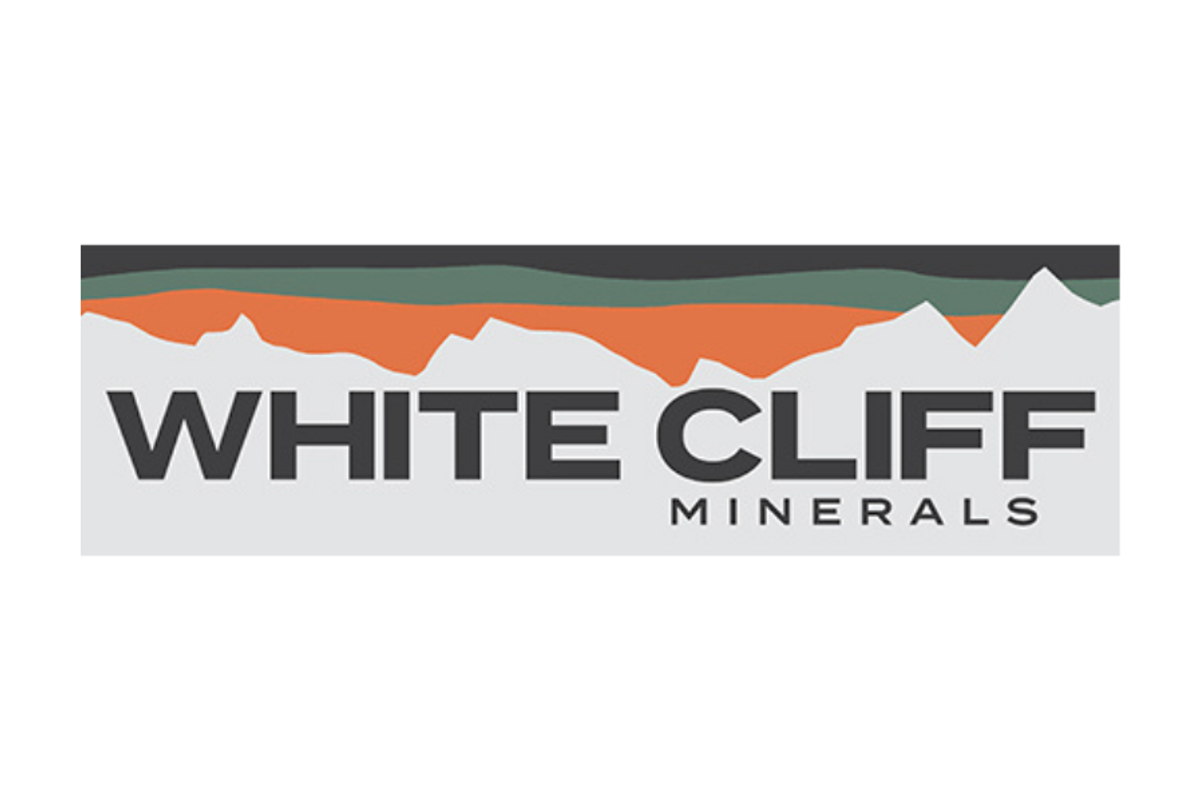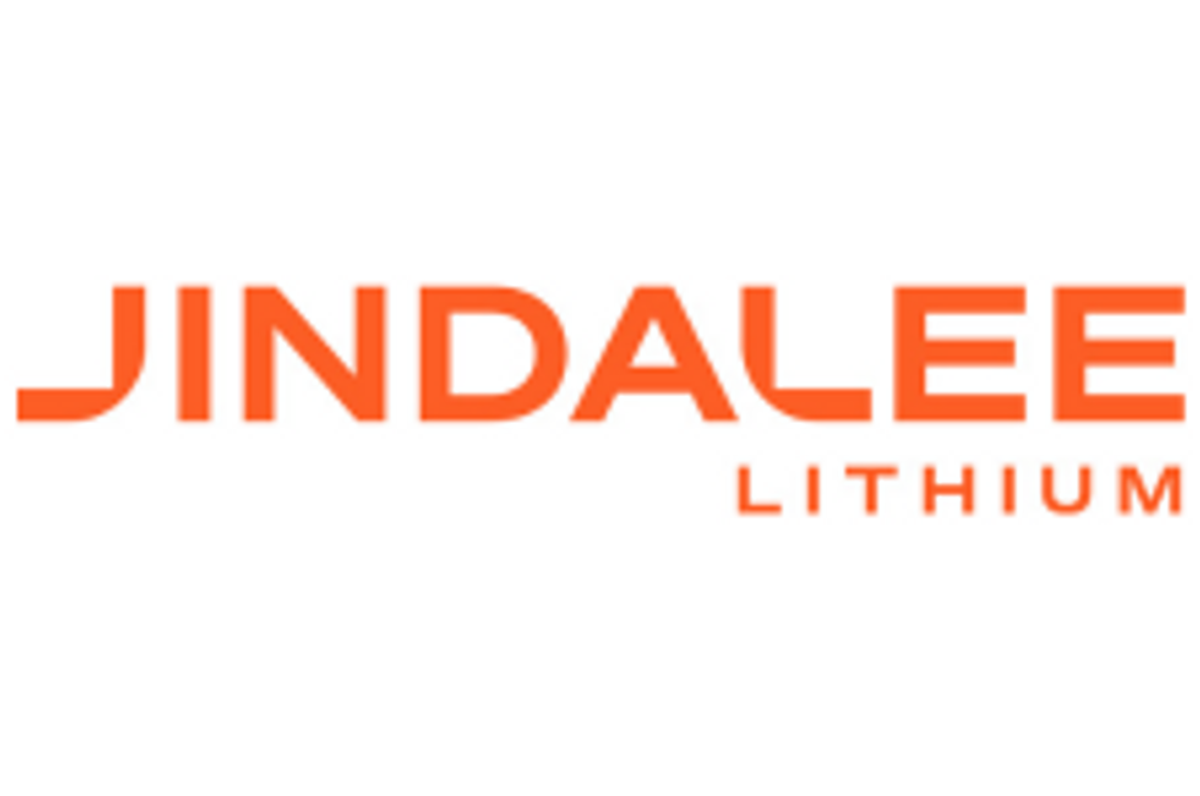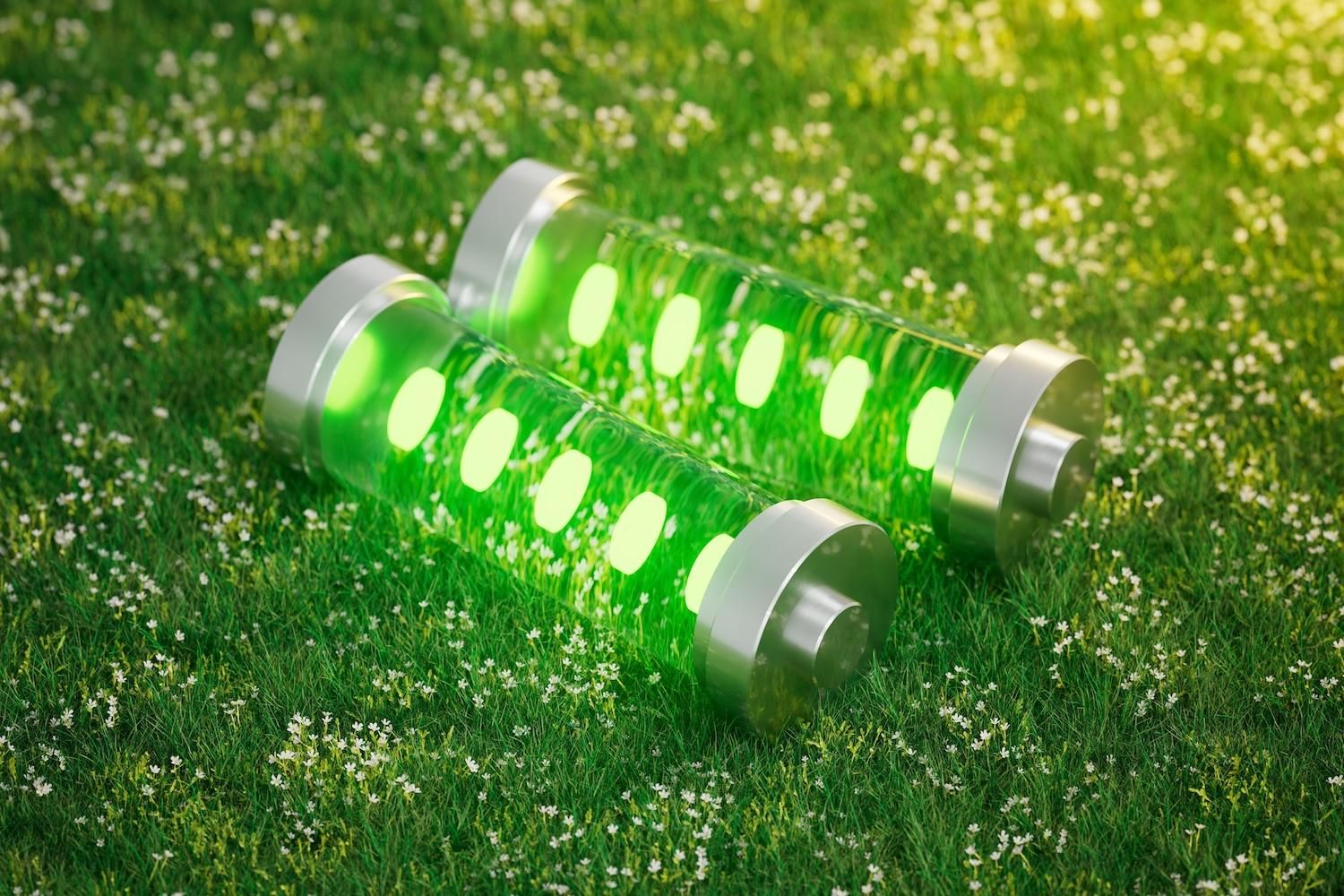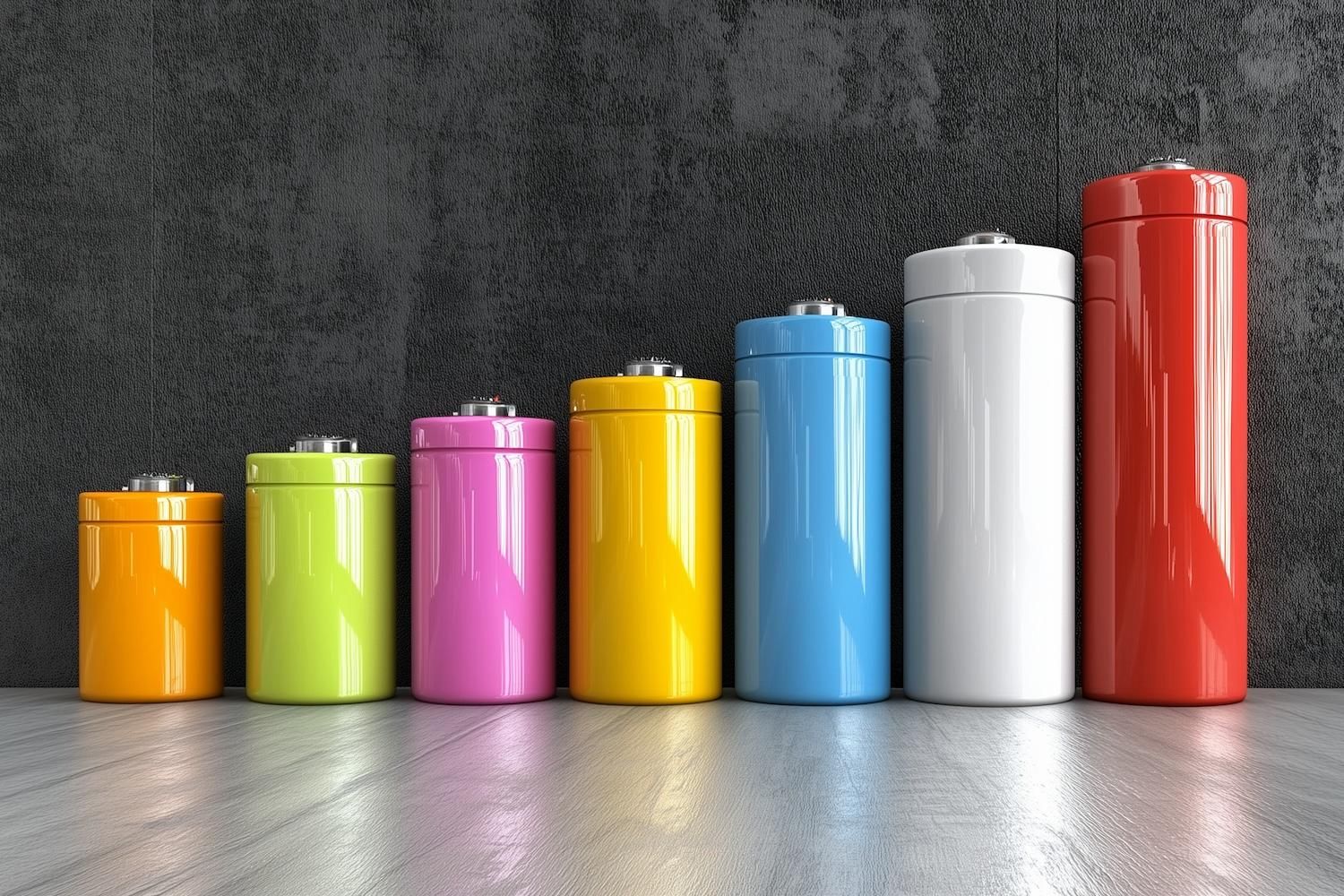
January 28, 2025
Hulk and Danvers targets will be priority as part of the maiden campaign
White Cliff Minerals Limited (“WCN” or the “Company”) is pleased to announce that its Rae Copper Project, Nunavut (the “Project”) has now received the remaining permits and approvals required to commence drilling activities. The maiden drilling campaign will follow up high priority targets that were generated during the successful field campaign at the Rae Copper Project during 2024, where copper rock chips returned remarkable assays, with results exceeding 60% Copper (refer to announcements dated 4 October and 14 October 2024).
- Type B Water Licence issued by the Nunavut Water Board allowing activities to occur for an initial period of seven (7) years
- The Rae Copper Project is now fully permitted allowing drilling activities to commence during March 2025
- Updates on drill targeting, contractor selection, and mobilisation will be provided in the coming weeks
“It is pleasing to see the approval from the Nunavut Water Board occur so swiftly, and some four or so weeks ahead of our planned schedule. The Rae Copper Project is now fully permitted with drilling activities planned to commence during March.
Our initial campaign will focus on targets within the highly prospective Hulk Sedimentary prospect and the Danvers project area. Over the coming weeks, we aim to finalise contractor selection and settle plans for priority target holes.
This is a significant milestone for the Company, with drilling activities now fully approved. I’d like to take this time to acknowledge the greater White Cliff team and our partners; this milestone, achieved in such a swift fashion is remarkable. I can’t wait to safely and successfully execute this upcoming drilling campaign and I look forward to sharing updates about our progress as we award drilling contracts and mobilisation activities commence towards the Rae Site!”
Troy Whittaker - Managing Director
Click here for the full ASX Release
This article includes content from White Cliff Minerals Limited, licensed for the purpose of publishing on Investing News Australia. This article does not constitute financial product advice. It is your responsibility to perform proper due diligence before acting upon any information provided here. Please refer to our full disclaimer here.
The Conversation (0)
08 December
Trading Halt
Jindalee Lithium (JLL:AU) has announced Trading HaltDownload the PDF here. Keep Reading...
05 December
Livium Receives A$663k in RsD Tax Incentive Rebates for VSPC
Livium Ltd (ASX: LIT) (“Livium” or the “Company”) advises that it has received A$663,000 in research and development ("R&D") tax incentive rebates from the Australian Tax Office for the 2025 financial year ("FY25"), relating to its wholly owned subsidiary VSPC Pty Limited ("VSPC"). The rebate... Keep Reading...
01 December
Why SQM Says Social Dialogue is Key to Sustainable Lithium
As scrutiny continues to intensify across the battery metals supply chain, the conversation around sustainability has moved far beyond carbon footprints. At this year’s Benchmark Week, Stefan Debruyne, director of external affairs at Sociedad Quimica y Minera de Chile (SQM) (NYSE:SQM), made that... Keep Reading...
27 November
Battery Storage Market Surging as Electricity Demand Enters New Era
Speaking at Benchmark Week, Iola Hughes, head of battery research at Benchmark Mineral Intelligence, outlined a market that is undergoing “very strong growth" and becoming indispensable to energy security.Hughes described energy storage as the fastest-growing segment in the battery sector today.... Keep Reading...
27 November
Inside Billionaire Gina Rinehart's Key Mining Investments
Australian billionaire Gina Rinehart has become a formidable force in the global mining industry. After taking the helm of her father’s iron ore firm Hancock Prospecting in 1993, she embarked upon a diversification strategy that has vastly expanded her resource empire. Now Australia’s richest... Keep Reading...
26 November
Long State Funding Update
Atlantic Lithium (A11:AU) has announced Long State Funding UpdateDownload the PDF here. Keep Reading...
Latest News
Latest Press Releases
Related News
TOP STOCKS
American Battery4.030.24
Aion Therapeutic0.10-0.01
Cybin Corp2.140.00





